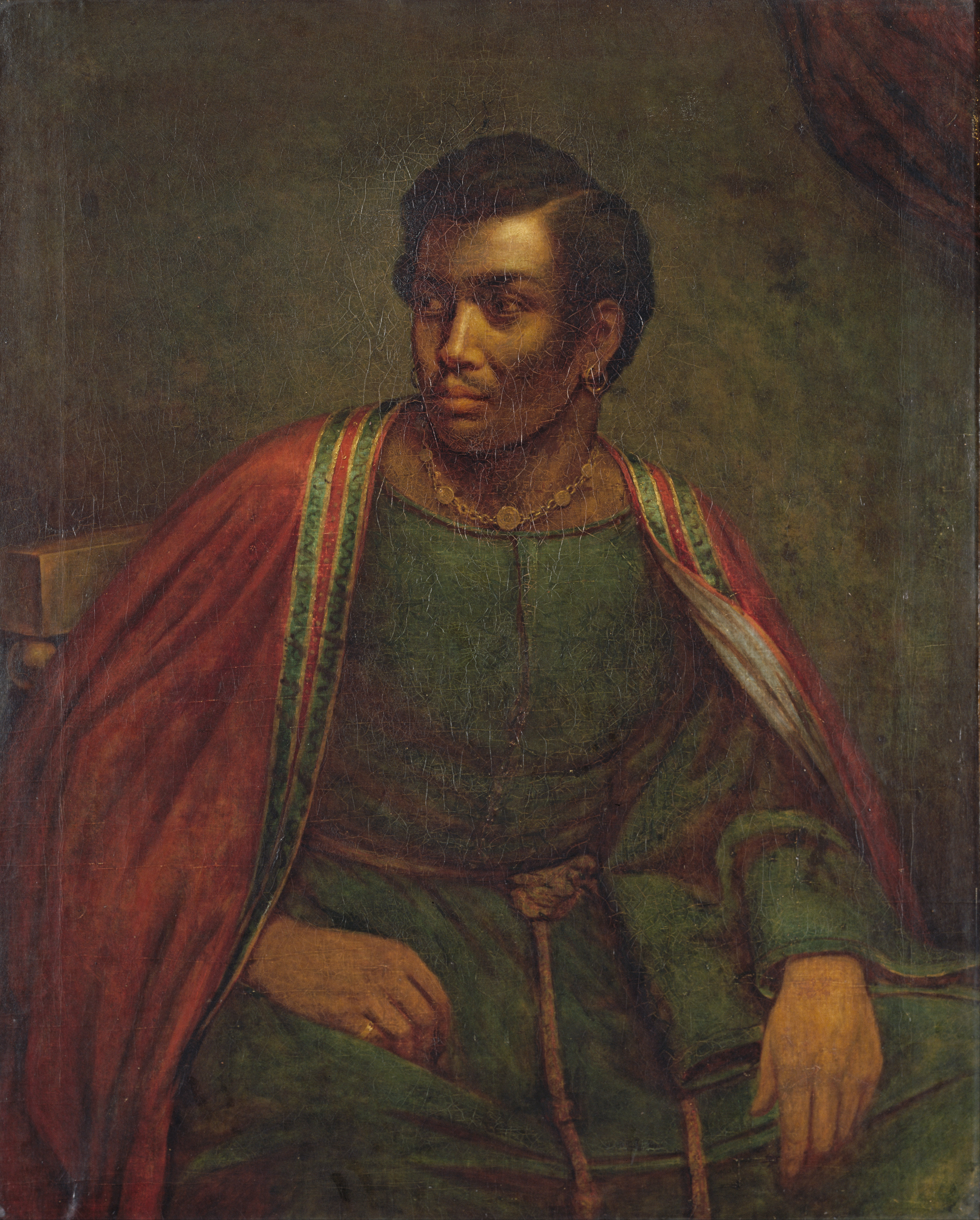|
Bad Faith
Bad faith (Latin: ''mala fides'') is a sustained form of deception which consists of entertaining or pretending to entertain one set of feelings while acting as if influenced by another."of two hearts ... a sustained form of deception which consists in entertaining or pretending to entertain one set of feelings, and acting as if influenced by another; bad faith", ''Webster's Dictionary'', 1913 It is associated with hypocrisy, breach of contract, affectation, and lip service. It may involve intentional deceit of others, or self-deception. Some examples of bad faith include: Soldiers waving a white flag and then firing when their enemy approaches to take prisoners (cf. perfidy); a company representative who negotiates with union workers while having no intent of compromising;"Bad Faith Negotiation," Union Voice a prosecutor who argues a legal position that he knows to be false; an insurer who uses language and reasoning which are deliberately misleading in order to deny a cl ... [...More Info...] [...Related Items...] OR: [Wikipedia] [Google] [Baidu] |
Othello And Iago
''Othello'' (full title: ''The Tragedy of Othello, the Moor of Venice'') is a tragedy written by William Shakespeare, probably in 1603, set in the contemporary Ottoman–Venetian War (1570–1573) fought for the control of the Island of Cyprus, a possession of the Venetian Republic since 1489. The port city of Famagusta finally fell to the Ottomans in 1571 after a protracted siege. The story revolves around two characters, Othello and Iago. Othello is a Moorish military commander who was serving as a general of the Venetian army in defence of Cyprus against invasion by Ottoman Turks. He has recently married Desdemona, a beautiful and wealthy Venetian lady much younger than himself, against the wishes of her father. Iago is Othello's malevolent ensign, who maliciously stokes his master's jealousy until the usually stoic Moor kills his beloved wife in a fit of blind rage. Due to its enduring themes of passion, jealousy, and race, ''Othello'' is still topical and popular and is wi ... [...More Info...] [...Related Items...] OR: [Wikipedia] [Google] [Baidu] |
Being And Nothingness
''Being and Nothingness: An Essay on Phenomenological Ontology'' (french: L'Être et le néant : Essai d'ontologie phénoménologique), sometimes published with the subtitle ''A Phenomenological Essay on Ontology'', is a 1943 book by the philosopher Jean-Paul Sartre. In the book, Sartre develops a philosophical account in support of his existentialism, dealing with topics such as consciousness, perception, social philosophy, self-deception, the existence of "nothingness", psychoanalysis, and the question of free will. While a prisoner of war in 1940 and 1941, Sartre read Martin Heidegger's ''Being and Time'' (1927), which uses the method of Husserlian phenomenology as a lens for examining ontology. Sartre attributed the course of his own philosophical inquiries to his exposure to this work. Though influenced by Heidegger, Sartre was profoundly skeptical of any measure by which humanity could achieve a kind of personal state of fulfillment comparable to the hypothetical Heideggerian ... [...More Info...] [...Related Items...] OR: [Wikipedia] [Google] [Baidu] |

